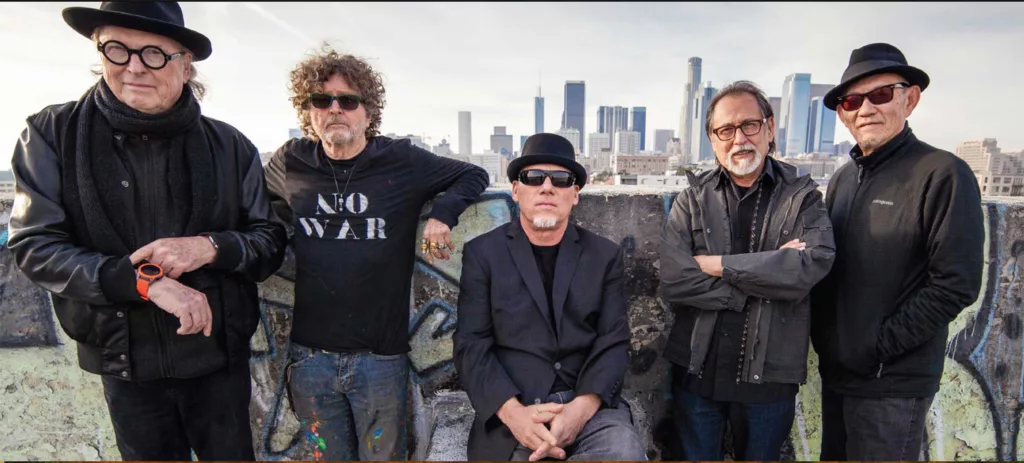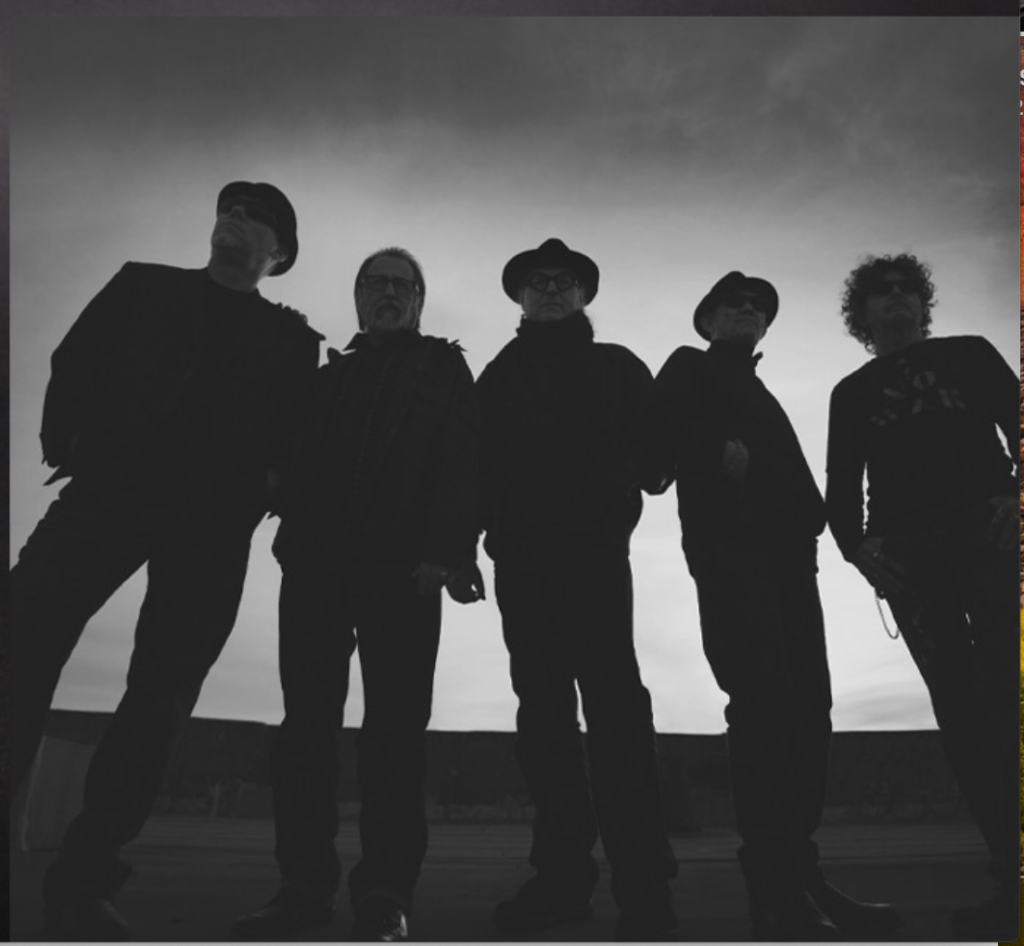“Artists have a responsibility to their work to raise it above the vernacular.”
– Rene Ricard, The Radiant Child, Artforum, 1981

To raise one's art above the vernacular is to make monumental what no one could before, to take that which is tangible and forge the unreal; to eschew what's popular in pursuit of the extraordinary. No group of west coast artists––from this writer's perspective––manifest the words of the late, great art critic, Rene Ricard, better than the California Locos, artists who helped inaugurate the California-as-brand lifestyle as spectacularly as the Beach Boys or The Mamas and the Papas with their 1965 hit California Dreamin'. Back when Abstract-Expressionism, Assemblage, Finish Fetish and Light & Space inseminated the Rock, Surf, Punk and Skate culture of Los Angeles in the 1960's and 70's, a new, bastard-like breed of artist emerged and a nascent groundswell of pure native-Angeleno voice started clamoring throughout the entire SoCal urban-sprawl region––around places like Avenue 43 in Highland Park (a no man's land of turf wars and violence, and home to the Avenues Gang) or along the Arroyo Seco, the “dry stream” that runs up and through this Northeast LA hood. Highly individualistic and unconventional, these artists were born with such a countercultural mindset and fervor, with such dynamism and a style completely their own, that the artist––like the art itself––deviated from the easel to the skatepark, from the gallery to the “Locals Only” break at Huntington Beach, from safe studio with brushes to enemy territory with spray cans, from stretching canvases to shaping surfboards; these artists created an art form that characterized and interpreted their SoCal lifestyle like no one before them. Theirs was a subculture born on the periphery of legitimacy, in gangs, punk bands, and surf line-ups, and they rolled fiercely independent, rebellious, and fearless, sporting names like Tourjé, Van Hamersveld, Wong, Bojórquez, and Wisdom, and who were without question equals to their east coast rivals–– think of the likes of Rene Ricard's “Radiant” children Basquiat, Haring, and Rifka. These are artists who upon further DNA testing (and a few record-breaking auctions) will prove beyond a doubt that they are De Kooning's, Ruscha's, Baldessari's, and Hockney's legitimate heirs. -Gregory de la Haba

CALIFORNIA LOCOS:
Chaz Bojórquez, known as the “godfather of graffiti art,” is considered one of the first artists who successfully made the transition from street to gallery, and is credited with bringing the West Coast style of graffiti into prominence, evolving it from a Northeast L.A. gang-oriented form, into an extremely fluid calligraphic style of international importance. His iconic street image, a stylized skull called "Senor Suerte" (Mr. Luck), has become a seminal icon in graffiti art, becoming known as the first stencil tag a full 20 years before Banksy made the stencil his iconic form. Bojórquez's paintings are in the permanent collections of the Smithsonian, Laguna Museum of Art, M.O.C.A., L.A.C.M.A., and many more. Bojórquez, a Chouinard alum, was prominently featured in the renowned Art in the Streets exhibit at MOCA in 2011, as well as numerous international exhibitions and is known as a primary influence on many contemporary graffiti artists such as Retna, Banksy, and Shepard Fairey.
Dave Tourjé was born and raised in the culturally eclectic Northeast L.A. of the 1970s and his upbringing amongst the skaters, gangs, and the area's tribal friction plays heavily in his work—his presence as an original vertical skater showing through in the attitude and energy of his iconography. Also a musician, Tourjé was involved in the important L.A. Punk and Post Punk scene of the late ‘70s and early ‘80s. As a member of the influential band the Dissidents, he played shows with Camper Van Beethoven, Saccharine Trust, and The Minutemen as well as many others. Tourjé’s complex, mainly large-scale reverse-paintings on acrylic glass, oscillate between high and low, punk and institutional hegemony, and combine elements through many disciplines, having also attended Art Center and UCSB's College of Creative Studies during the late ‘70s. He was the subject of a one-man exhibition covering 15 years of his paintings at the Riverside Art Museum in 2002. His work has been featured at the Oceanside Museum of Art, the Orange County Museum of Art, and Laguna Art Museum, as well as numerous galleries since 1985.
John Van Hamersveld is an American graphic artist and illustrator. He created “The Endless Summer” poster in 1966, and designed record jackets for pop and psychedelic bands since the 1960s. Albums include Hotter Than Hell by Kiss, Magical Mystery Tour by The Beatles, Crown of Creation by Jefferson Airplane, and Exile on Main Street by The Rolling Stones. He created the 1984 LA Olympics poster and 360 foot mural, the identity for Jimmy’Z surf brand, and the brand identity of Fatburger. Van Hamersveld’s work is in the collections of the LACMA, MoMA, Cooper Hewitt, and Smithsonian museums. His psychedelic renderings, whether for posters or albums, are widely regarded as some of the best of the form. Yet, what the public may be surprised to discover is just how dynamic the rest of his work is; his output as a draftsman, designer, and photographer continues to be impressive and compelling.
Norton Wisdom has been collaborating with musical ensembles for live art painting performances since 1979. His collaborations with renowned artists include The Red Hot Chili Peppers, Nels Cline (Wilco), Bernard Fowler (Rolling Stones), Ivan Neville, Stephen Perkins (Jane’s Addiction), Llyn Foulkes, National Bamboo Orchestra of Bali, the Disney Hall with Christoph Bull, and the Winter Olympics in Salt Lake City. His live painting performances have touched off a growing international movement of the same type, which he has been forwarding since the ‘70s, and he is known as a prime mover in this growing genre. His formal studio painting practice includes a meditative dialogue with trapezoidal shapes and gestural elements, which he returns to as a formal and continuous response in his evolution as a renowned third-generation abstract painter. His early influences at Chouinard included John Altoon and Emerson Woelffer.
Gary Wong studied under Emerson Woelffer and Matsumi Kanemitsu at Chouinard and was a vital part of the shifting dialogue integral to the formation of West Coast postmodernism as well as surf/skate/rock culture as we know it today, being part of the legendary underground collective the Jook Savages with Rick Griffin, and maintaining as well as tight associations with the likes of Boyd Elder (Eagles), Ivan Hosoi (Hosoi Skates), and Jim Ganzer (Jimmy Z). His visual language is a sophisticated collage-based paint/draw process that often uses photography, and reflects his involvement in music as well as wider social and political concerns. His process combines his formal approach as well as a folk-like primal style. Known in the L.A. Blues scene as “Charlie Chan,”, he is a legendary presence as a well-known bandleader, gigging regularly throughout L.A. Close friends and associates have included artists as diverse as Al Ruppersberg, Doug Wheeler, and Terry Allen.
